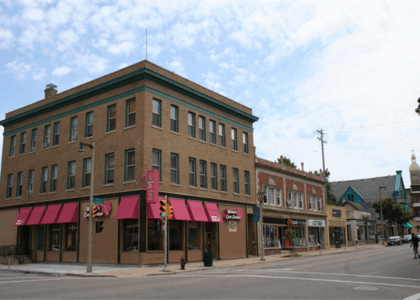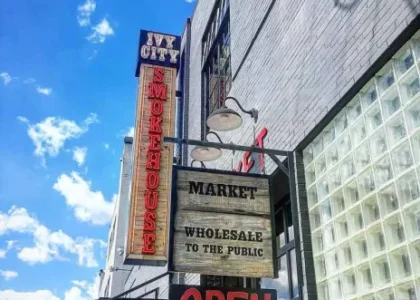Welcome to East Wall, a vibrant community with a rich and compelling history, nestled in the heart of Dublin. Despite its relatively small size, East Wall has been a witness to a tapestry of historical events and social changes that have shaped its identity over the years. Let’s delve into the story of ‘The Heartbeat of East Wall’ and uncover the layers of its past.
East Wall’s origins trace back to the late 19th and early 20th centuries, a time when Dublin was rapidly expanding. The area was initially developed as a residential and industrial district, catering to the growing demands of the city. Its proximity to the River Liffey and Dublin Port made it a strategic location for various industries, including shipping and manufacturing.
One of the most significant historical events to touch East Wall was the 1913 Dublin Lock-out, a major industrial dispute between approximately 20,000 workers and 300 employers. The community was deeply affected as many residents were laborers working in the docks and factories, striving for better working conditions and pay. The Lock-out was a pivotal moment in Irish labor history, highlighting the struggles and resilience of the working class.
Throughout the 20th century, East Wall continued to evolve. The mid-century saw a decline in traditional industries, leading to significant economic challenges. However, the community’s spirit remained strong, and regeneration efforts in the late 20th and early 21st centuries have revitalized the area, transforming it into a lively neighborhood with a mix of residential, commercial, and recreational spaces.
Notable figures associated with East Wall include local activists and community leaders who have tirelessly worked towards improving living conditions and fostering a sense of community pride. Their efforts are evident in the vibrant community centers and local initiatives that thrive here today.
As you explore East Wall, take a moment to appreciate its role in Dublin’s broader historical narrative. From its industrial beginnings to its modern-day vibrancy, East Wall stands as a testament to the enduring spirit of its people.






